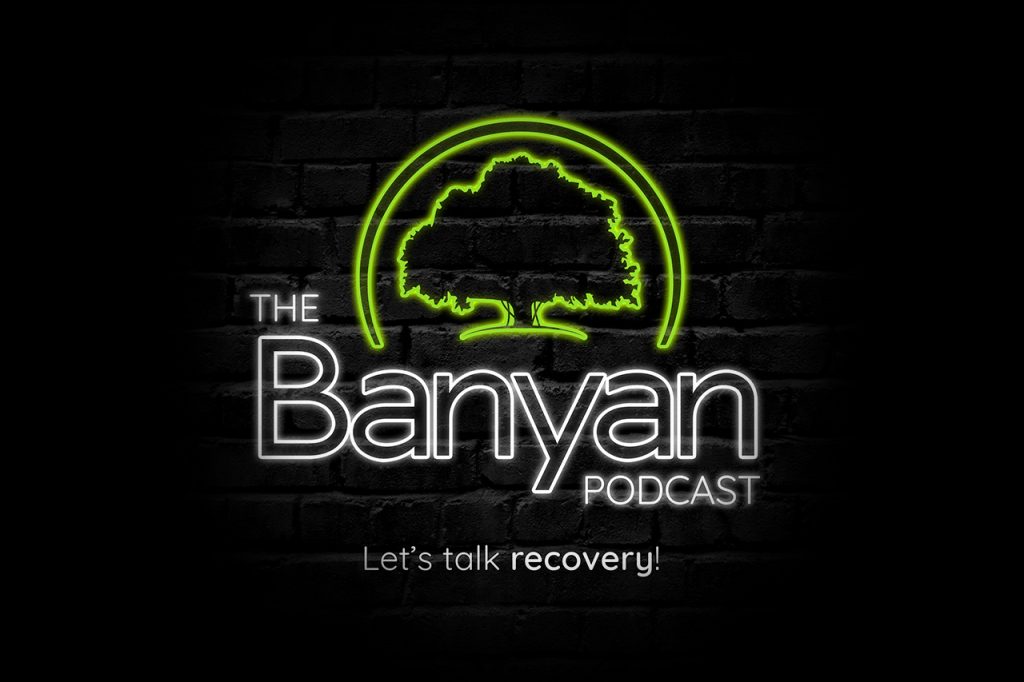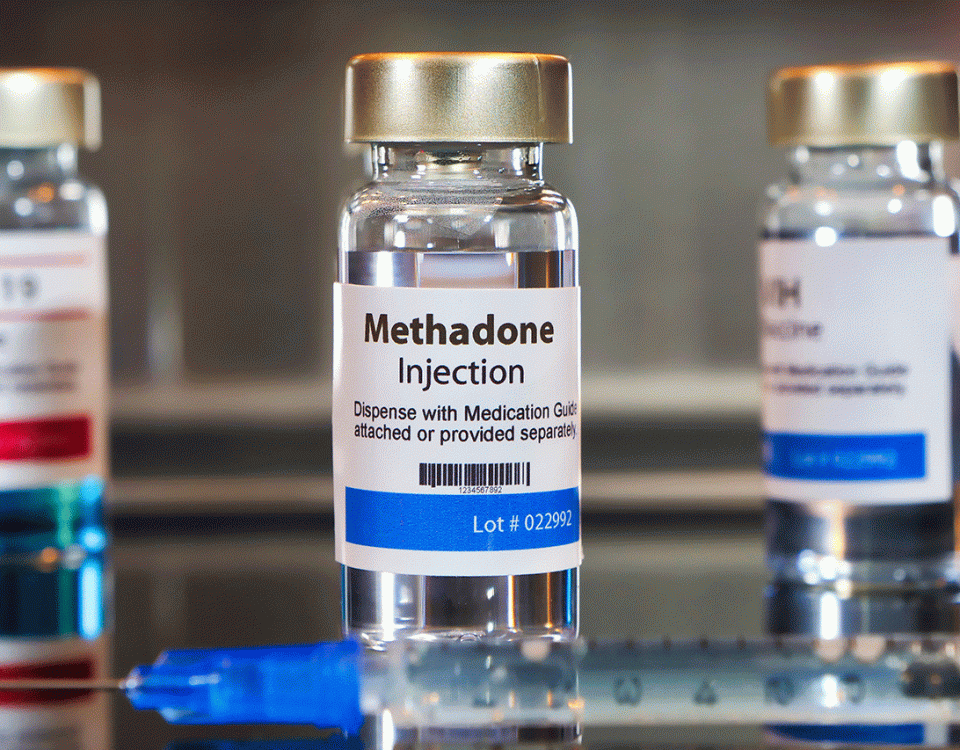What is krokodil?
Krokodil is the street name for desomorphine, which is a derivative of an opioid called morphine. Although the first reports of desomorphine use date back to 1935, the krokodil drug was first introduced in Russia in the early 2000s. Krokodil is a light brown liquid made by synthesizing desomorphine from codeine and mixing it with other additives. The ingredients in Krokodil are often a mystery, but it’s safe to say that its cutting agents range from paint thinner to common household cleaning products. With the opioid epidemic still in motion, finding answers to questions like, “how does krokodil affect the brain?” is more important than ever. Our Boca rehab shares its findings.
What Is Krokodil Used For?
Krokodil was used to treat pain caused by trauma in the 1930s. Because it was more potent than morphine and caused less nausea, it was considered a more effective alternative. However, adverse krokodil drug effects eventually led to its removal from the medical field. Today, Krokodil is used as a cheap alternative to heroin and is most common in places like Russia and Eastern Europe. Because it’s believed to be 10 times stronger than morphine and significantly cheaper than heroin and other opioids, the Russian krokodil drug has become the primary choice of recreational drug users.
As an opioid, desomorphine (krokodil) is highly addictive and physically damaging. Although there’s still much to discover about the physical side effects of krokodil, common dangers that users experience include rotting of the flesh and black and green skin, similar to that of a crocodile’s (hence the name). Despite its repercussions, this flesh-eating drug has been spreading rapidly across Europe due to its low production cost and higher potential for addiction.
What Does Krokodil Do to the Brain?
Research on how krokodil affects the brain is scarce, but because it’s an opioid, it’s safe to say that it works similarly to other opioids. Opioids work by binding to proteins on and in brain cells called opioid receptors. These receptors are located in different areas of the body, including the brain, spinal cord, and gut, as well as in areas that control pleasure and reward. While opioids can reduce or alleviate pain by blocking these receptors and pain signals from the body to the brain, they can also activate the release of chemicals like dopamine. Elevated levels of dopamine can produce feelings of well-being, euphoria, and pleasure to create an intense high. This high encourages continued use of krokodil, contributing to addiction and other physical repercussions. Without opioid detox treatment, people with krokodil addictions are more likely to experience its severe physical repercussions.
Additional Krokodil Effects on the Body
The effects of krokodil on the brain kick in faster when it’s injected than when taken in tablet form. When injected, the effects of krokodil can begin within 5 to 10 minutes, and when taken in tablet form, side effects can start within an hour or two. Long-time krokodil users often experience adverse physical side effects.
In addition to krokodil drug effects on the brain, common physical side effects that can occur from long-term use include:
- Black or greenish scaly skin
- Rotting flesh
- Exposed bone and muscle tissue (a result of rotting flesh)
- Gangrene
- Osteonecrosis of the jaw
- Skin necrosis
- Swelling and pain around the injection site
- Ulceration in areas where skin death has occurred
- Muscle and cartilage damage
- Blood vessel damage, inhibiting blood flow
- Thrombophlebitis (inflammation of a vein caused by a blood clot)
- Bone infections (osteomyelitis)
- Bone death (osteonecrosis)
- Pneumonia
- Meningitis
- Sepsis
- Kidney failure
- Brain damage
- Liver damage
Many krokodil users have had their arms and legs amputated as a result of the drug’s vicious effects on the body. Drug overdose is also a possible danger of krokodil use. Because it’s so addictive, it’s difficult for users who have developed a dependency on it to control how much they take. Tolerance also contributes to increased doses, further contributing to addictive behavior.
If you’re addicted to opioids like krokodil, our opioid addiction treatment in Boca Raton can help. Our treatment specialists help guide patients through physical and psychological recovery from substance abuse to ensure they achieve long-term sobriety. By utilizing a variety of drug therapy programs, we help our patients change their lives and be the best versions of themselves.
For more information about our Florida drug and alcohol treatment, call Banyan Boca now at 888-280-4763.
Related Reading:




















